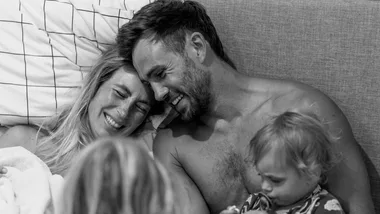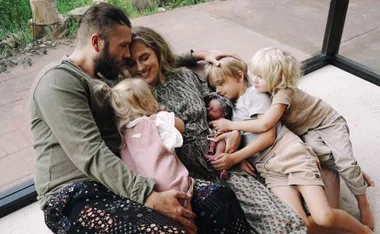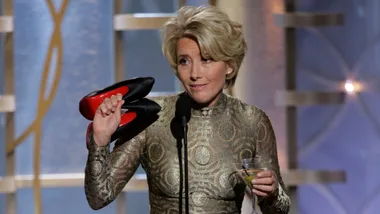Like the mother on the cover of last week’s controversial Time magazine cover, our beauty and health director Kelly Baker breastfed her son until he was three. Here, she defends her decision and urges other new mothers to ignore “expert advice” and go with their gut.
I breastfed my first-born son until he was 15 months old and even then I only stopped because I was forced to.
There wasn’t one breath in me, one cell, one single piece of DNA that wanted to stop.
Indeed, when that tiny baby latched onto my breast it was as though every fibre of my being sat up and sang ‘this is right’.
Related: Is it ever okay to tell your child they’re fat?
I loved being able to snuggle with this inherently slippery, jittery child who refused to be held at any other time.
Still, when I fell pregnant again I was concerned. My second baby’s arrival was looming.
If I didn’t wean my first child soon would I end up breastfeeding two? Was that even possible? Increasingly worried I asked the nurse at my local baby care centre what I should do.
“Stop breastfeeding now,” she said firmly.
“You don’t want to be breastfeeding two. Give yourself a break. You’ve done very well to breastfeed for this long.”
I went home distressed. I didn’t want to stop breastfeeding my lovely baby but a baby care nurse had told me I should.
And I wasn’t confident enough in my own mothering to do anything but what I was told. I started weaning my son that evening.
There were tears when it came to what would normally have been breastfeeding time — mine.
My baby boy didn’t seem concerned in the slightest. He went straight to sleep in his cot, happily cooing and waving his dimpled hands.
I was relieved that the transition hadn’t been difficult for him but gutted for myself.
Our special snuggling hour before bed was no more. I missed it in a deeply physical way, the way one might miss an amputated limb. I literally ached.
Soon afterwards, however, my second child arrived and within days I was breastfeeding again. There was little time to consider whether I had done the right thing by weaning my first.
I determined to be less emotional this time round, telling myself that I would breastfeed this child for 12 months, no more, no less.
But when my second child’s first birthday rolled around I felt no need to wean him and he expressed no interest in doing so.
Then I had a change of plan. I would breastfeed until he was 18 months old but again the date came and went and neither of us made any move to quit.
I loved holding this child in close while he breastfed, just as I had done with his older brother.
I loved the feeling of his chubby little arm wrapped around my back, the way he looked up at me, eyes twinkling.
By the time he was two I knew he was getting little to no nutritional benefit from breast feeding, but he enjoyed it and so did I.
Holding one another close each day helped us to bond. The process soothed him if he was hurt or upset and the fact that I could comfort him, so easily, so naturally, made me feel good about my ability to mother.
As he was approaching three however, I knew the time for weaning was coming. And I told him so.
By this age he could understand what I was saying and he seemed comfortable enough to move on.
I breastfed him for the final time on his third birthday and it felt perfectly right. I was sad. There was a real sense of letting go but there was none of the painful wrench that came with weaning his older brother.
This time we were doing it at the right period for us. Not the time that suited the baby-care nurse… or anyone else.
Related: Home birth v hospital birth
This time round I listened to my instincts and did what suited. Surely this is what mothering is about? Listening to your heart and doing what works for you.
Maybe that’s breastfeeding for three years… maybe it’s breastfeeding for three minutes.
As long as it’s right for you and even more importantly your children then surely nothing else matters?
Your say: Did you breastfeed your child? What made you stop?
Newsletter conversion description. Get the latest in your inbox.




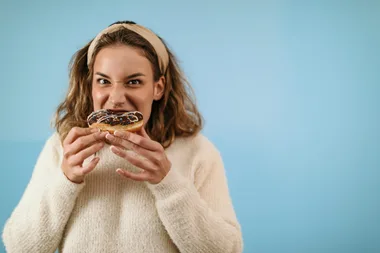




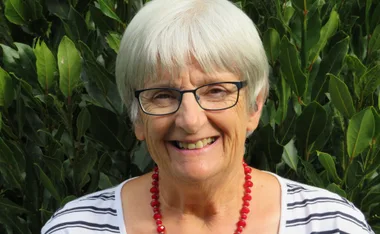








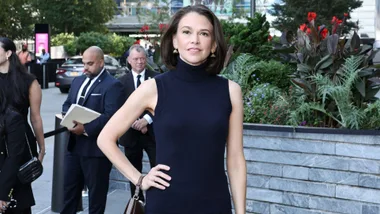


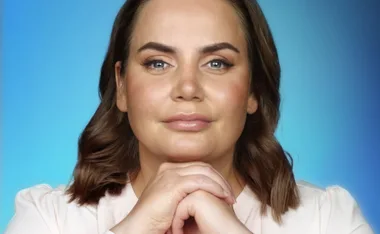


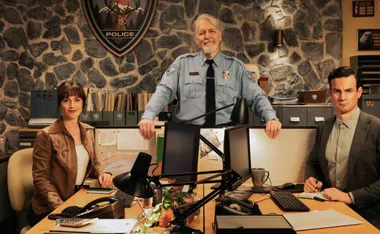

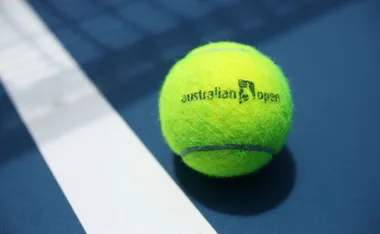
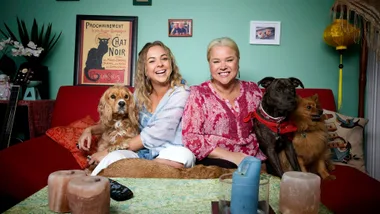

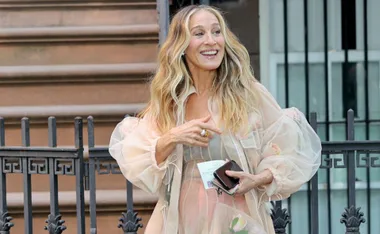


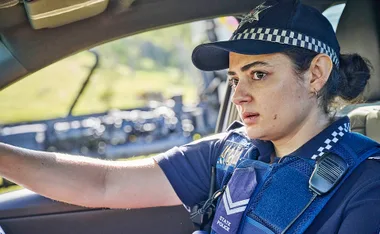









.jpg?resize=380%2C285)



